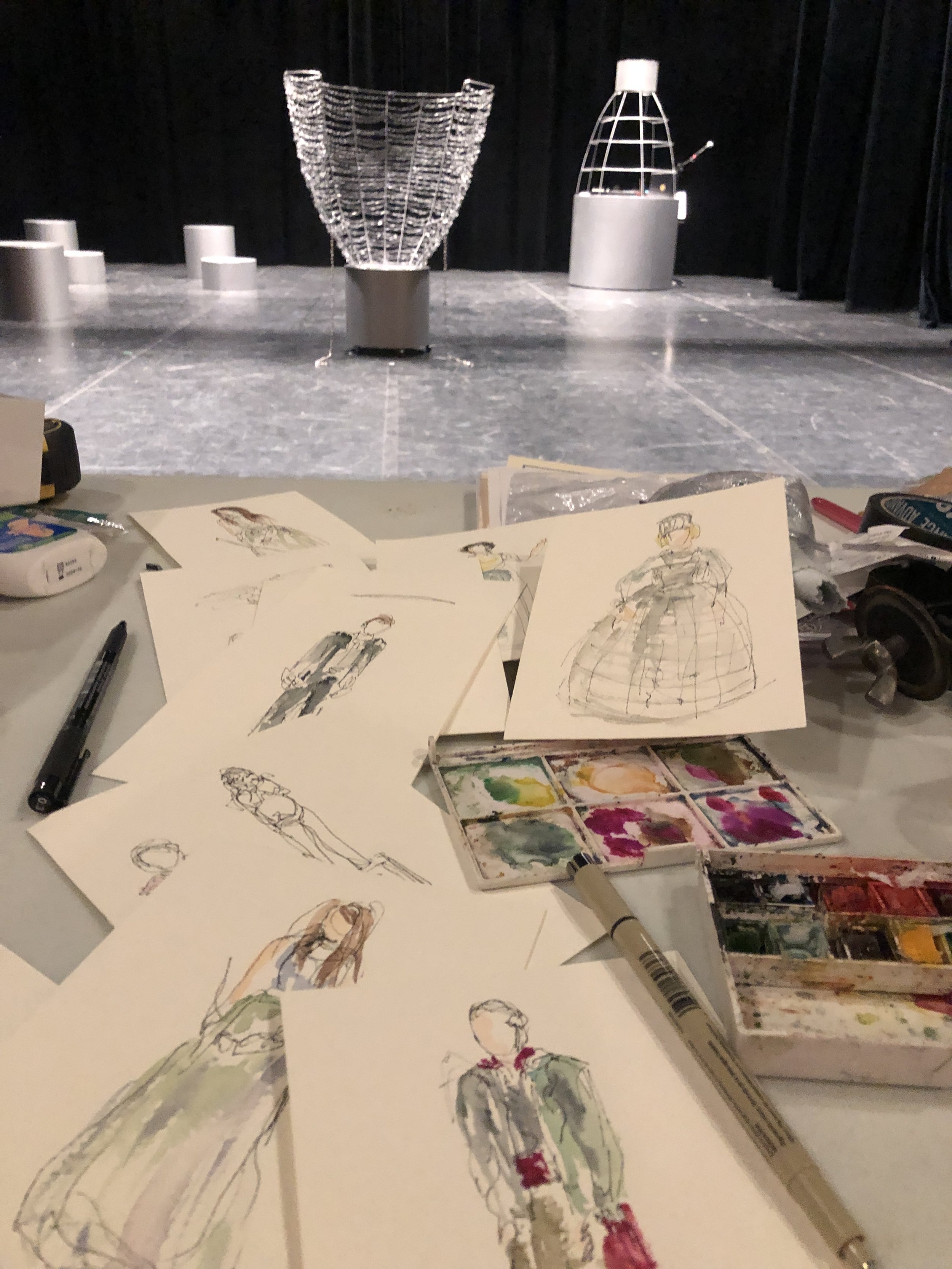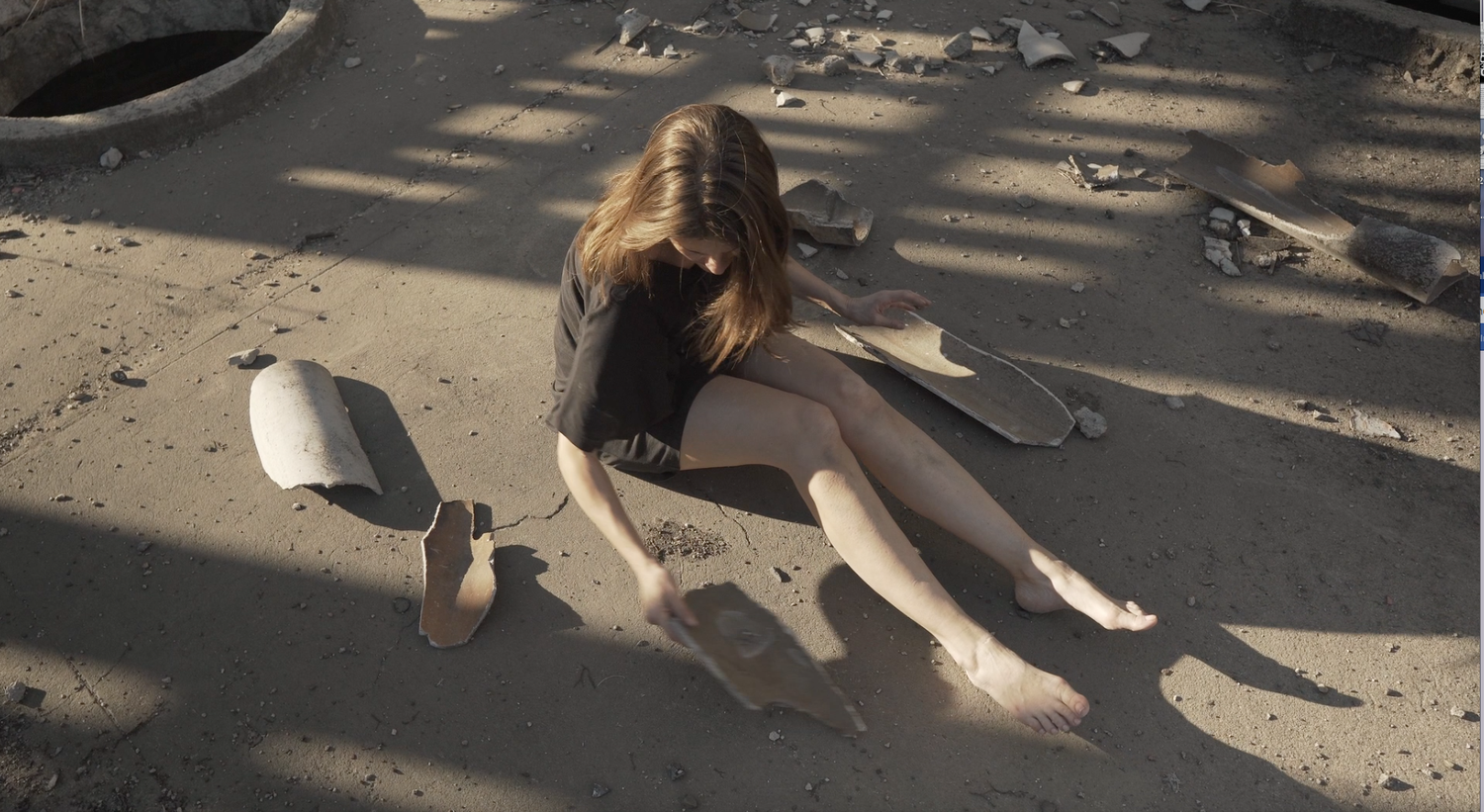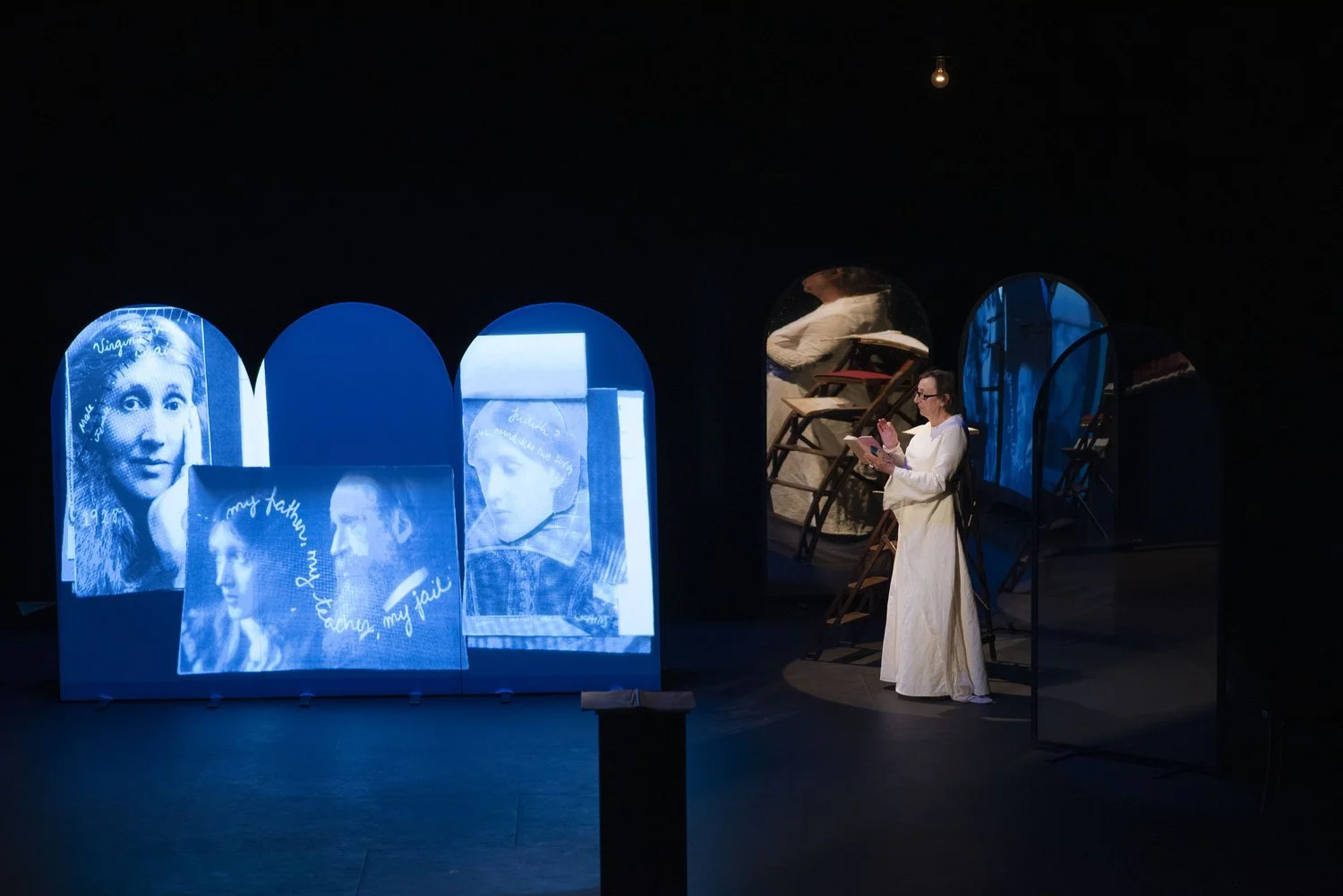This work takes place in the ruins of the Novopan factory in Oaxaca, Mexico. The factory, which produced particle wood boards, was built around 1966 and was the first of its kind in the region. My father, a young civil engineer at the time, oversaw the supervision of its construction. This industrial unit has been abandoned since 2001. In February 2023, I walked around this 11.8-hectare land where the factory, now in ruins, stands. I engaged physically by touching the earth under my feet and holding and caressing some of the building's remains. This performative action was recorded and exhibited as a two-channel video installation, at the Copeland Gallery, London, June 2023. This work is part of my PhD research project at the Royal College of Art.
(Re)membering the ruins of Novopan 2023
“[M]emory is clearly no longer the faculty of having recollections: it is the membrane which, in the most varied ways (continuity, but also discontinuity, envelopment, etc.), makes sheets of the past and reality correspond.”[1]
In my imaginary, the name Novopan[2] belonged to a litany of sorts associated with Mexico's archaeological sites: Monte Albán[3], Teotihuacán, Mayapán and Tenochtitlán[4].
There has been a continuous fascination with Mexican ruins. From the paintings and drawings of 19th-century European travel artists[5] to the visits to pre-Hispanic sites by millions of tourists today.
My first encounter with the Novopan factory was during a family trip to Oaxaca in the late 1980s. After visiting the pre-Hispanic city of Monte Albán, my father took us to Novopan, where he worked as a young civil engineer during its construction.
This industrial building, always related to Monte Albán, has dwelt in my affective memory.
In 2016, we returned to the factory, and surprisingly we discovered an abandoned site.
The building, a discarded carcass like an animal's left over in the desert, dispossessed of its most precious parts by predators.
The ovens, silos, pipes and chimneys had gone. A factory stripped of its members: all holes and cavities.
A site remembered now (de)membered.
A member is a limb, a body part.
In February 2023, I revisited the deserted industrial site.
I collected sheds of the factory's corpse to activate the space through (re) memebering: joining its parts, layering rubble onto my limbs, the membranes of the building caressing my flesh.
A membrane is a skin, a layer, a parchment.
A double sensation: That of my body touching itself whilst touching the remains of Novopan, exercising thus a “knowledge function”.[6]
It was by feeling the dermis of the building onto mine that I (re)membered Novopan.
Skins and ruins: palimpsests of personal and collective histories.
Carmen Mariscal, London June 2023
Footnotes:
[1] Deluze, G., 1985. Cinema 2: The Time-Image. Translated by Hugh Tomlinson and Roberta Galeta, 1989. University of Minneapolis Press. p. 207.
[2] The Novopan factory in Oaxaca, Mexico, takes its name from the eponymous German technique. The wooden particle board plant was built in 1966 and abandoned in 2000.
[3] Monte Albán is a pre-hispanic settlement in southeastern Mexico. It was founded in 500 BC and remained active for over one thousand years. Winter, M. 2011. Social Memory and the Origins of Monte Albán Ancient Mesoamerica, 22(2), pp.393–409.[4]Teotihuacán, Mayapán and Tenochtitlán are also pre-hispanic sites. The ending derives from the Náhuatl language acán, meaning place.
[5] Scientist Alexander von Humboldt's writings in American Journey (1799-1804) inspired European artists to travel to Mexico. These painters' work registered pre-Hispanic sites and landscapes. In addition, they aimed to interest the European population in the country's natural history and archaeological discoveries. Diener, P., 2012. “Traveling Artists in America: Visions and Views”. Culture & History Digital Journal 1(2): m106.
[6] Merleau-Pony, M., 1945. Phenomenology of Perception. Translated by Donald, A. Landes, 2012. London and New York: Routledge. p 95.









































































































































































































































































